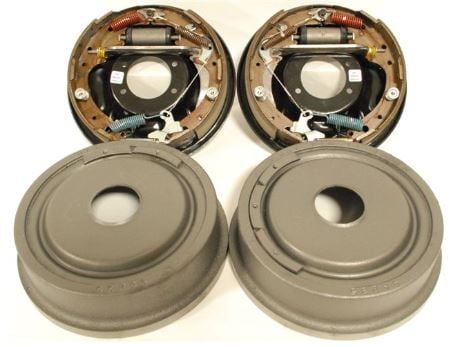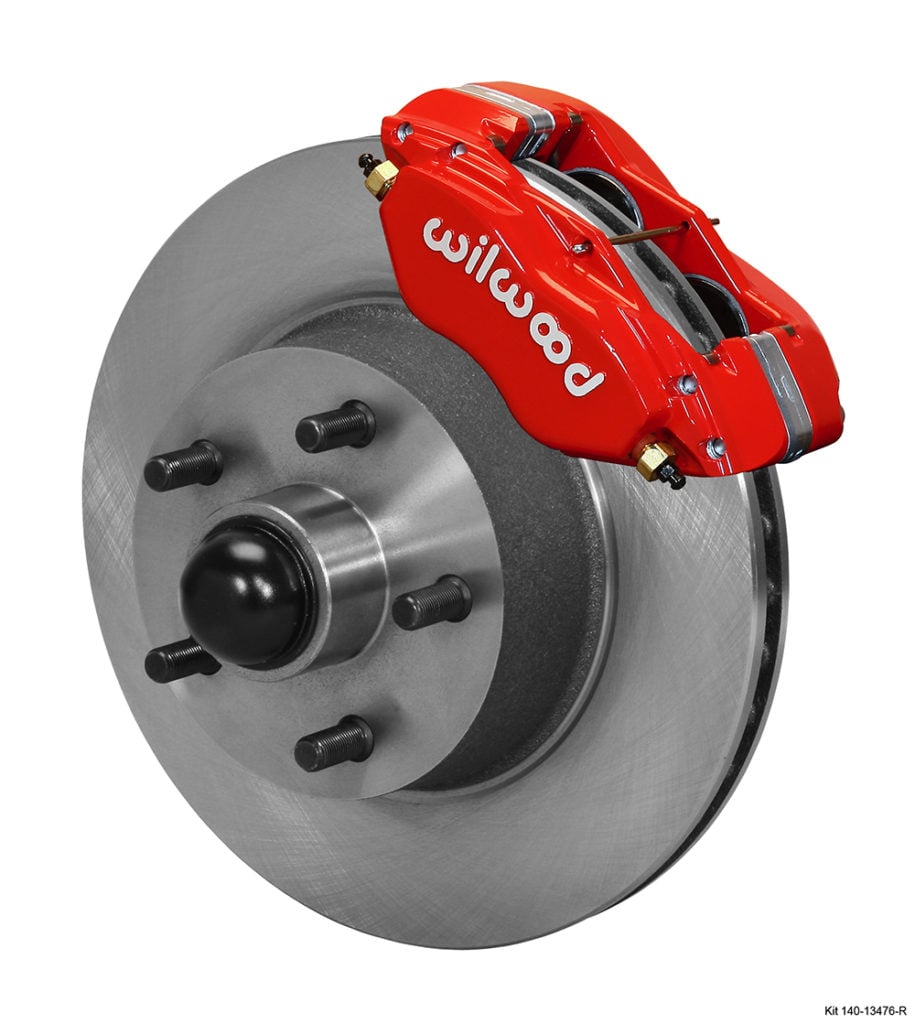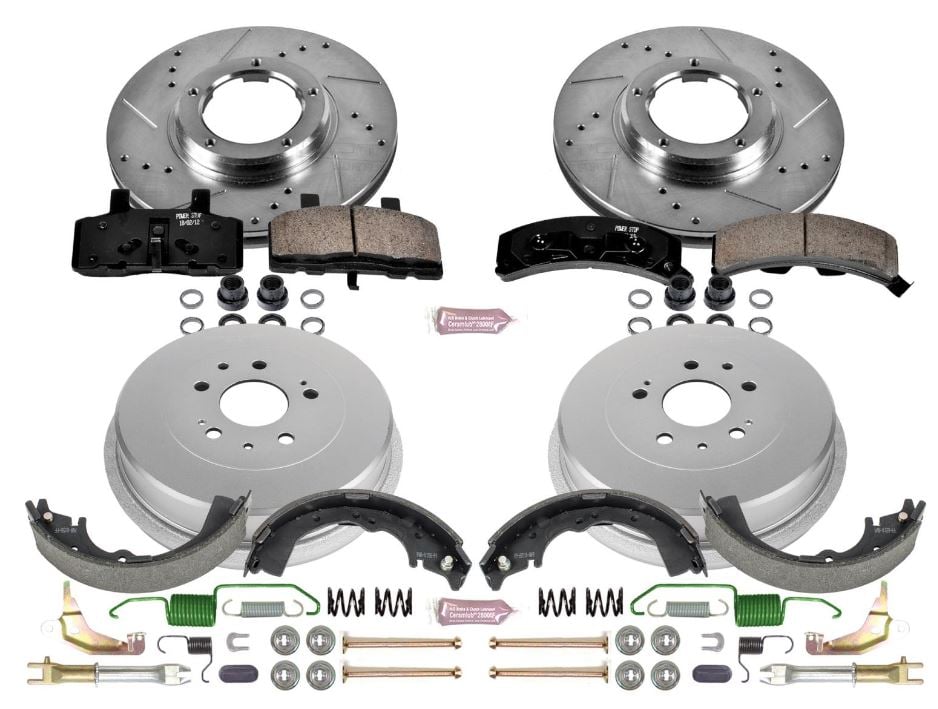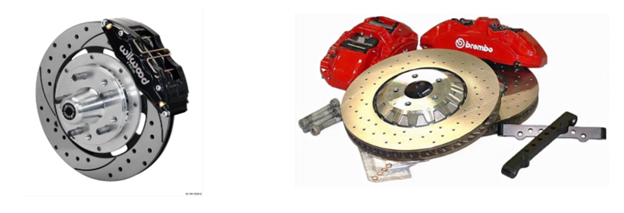Sign up now to join the JEGS email newsletter and be the first to learn about new products, special deals and e-mail only offers!



Brakes have come a long way since the invention of the automobile. Early cars used a simple system of wooden blocks pressing against the wheels to slow them down. While this worked to some degree, it was far from perfect.
Thankfully, modern brakes are much more effective. But there are still two main types of brakes in use today: drum brakes and disc brakes. So, what's the difference? Read on to understand the basics of each brake type so you can make an informed decision when upgrading your ride.
Drum brakes are the older of the two designs. They work by using a set of shoes that press against the inside of a steel drum, which is attached to the wheel. When the brake pedal is applied, hydraulic pressure forces a wheel cylinder to extend the shoes outwards, pressing them against the drum. This friction slows the wheel down and eventually, brings it to a stop.
However, drum brakes tend to overheat and may not work as well when wet. They are also more likely to suffer from brake fade, which is when the brakes are less effective as their temperature goes up such as in racing or towing situations.


Disc brakes work similarly to drum brakes, but with a few key differences. Instead of using shoes that press against a drum, disc brakes use pads that squeeze against a rotor. The rotor is located between the wheel and spindle. When the brake pedal is applied, hydraulic pressure forces the pads inside a caliper to press against the rotor. This slows the wheel down and eventually, brings you to a safe stop.
Disc brakes have several advantages over drum brakes. They are less likely to overheat, work better in wet weather, and don't suffer from brake fade as much as drum brakes do. Disc brakes also require less maintenance than drum brakes.
Sign up now to join the JEGS email newsletter and be the first to learn about new products, special deals and e-mail only offers!

As technology has progressed, drum brakes have fallen out of favor for many applications. Rear drum brakes are still used on some vehicles, such as light passenger vehicles. Even though they can last longer and, in some cases, provide more braking force than a conventional disc brake setup, brake fade becomes a safety concern.
Disc brakes have largely replaced drum brakes on most cars and trucks. The main advantages of disc brakes are that they dissipate heat better, work well in wet weather, don't fade as much under heavy braking, and require less maintenance than drum brakes.
But like with anything, they are not perfect. One potential downside of disc brakes is that they can be more expensive to repair than drum brakes. Additionally, brake pads will need to be replaced more often, which can also add to the cost.
Drum brakes vs disc brakes? There can only be one clear winner. And that is disc brakes. With their superior performance and lower maintenance costs, disc brakes are the clear choice for most applications. Whether you're upgrading your current ride or building a new one from scratch, make sure to choose disc brakes for the best performance and peace of mind. If restoring a classic car and wanting to stay true to its originality, drum brakes might be the way to go. But for most applications, disc brakes will give you the best performance and value.
JEGS has a wide selection of disc brake kits to choose from to fit your application. Check out our selection and find the perfect kit for your ride today!




